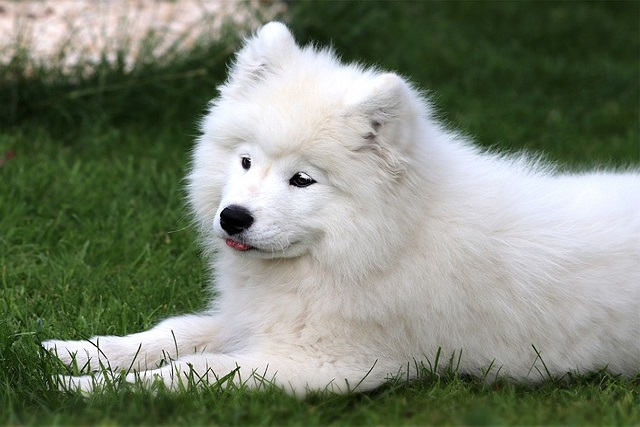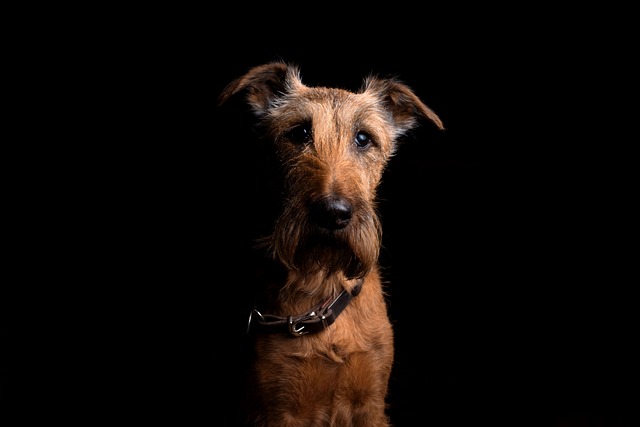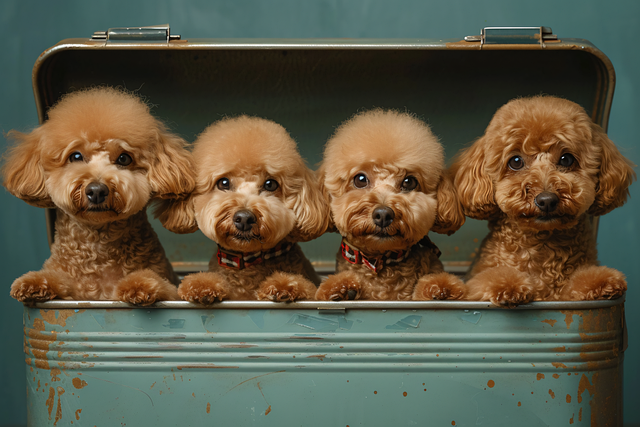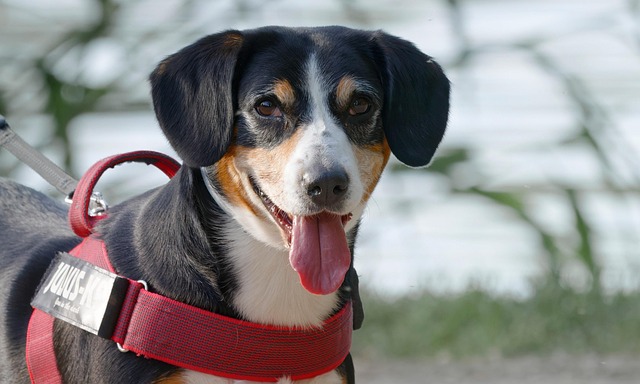
What age should a puppy be fully potty trained
Picture this: You’re rushing to clean up your 12-week-old Labrador’s puddle on your Chicago apartment’s hardwood floor again while late for work.
Picture coming home to find your new terrier puppy has shredded your favorite sneakers—again. Your first instinct might be to yell, but hold that thought. Positive reinforcement isn’t just "being nice"; it’s neuroscience-backed conditioning that literally rewires your dog’s brain. At its core? Rewarding desirable behaviors increases their frequency, while ignoring unwanted ones avoids unintentionally reinforcing them. Think Pavlov meets modern behavioral psychology: When your golden retriever sits politely before getting dinner (behavior), and you instantly give chicken (reward), dopamine floods their brain, cementing that neural pathway.
Here’s how to apply it: ABC method is your golden ticket. Antecedent (trigger): Your dachshund spots a squirrel. Behavior: They glance at you instead of lunging. Consequence: You immediately click and toss cheese. Timing is everything—rewards within 0.5 seconds create the strongest associations. Start small: For apartment dwellers, teach "quiet barking" by treating milliseconds of silence when doorbells ring. Use high-value rewards strategically—freeze-dried liver > kibble for tough distractions. Never punish accidents; instead, reward outdoor potty breaks with playtime. Studies show force-based methods increase anxiety by 43% (University of Porto, 2022).

Cultural compliance is non-negotiable. In Sweden and Germany, punitive training violates animal welfare laws. Even in the US, cities like Boulder fine $500 for physical corrections. Always carry biodegradable bags—California mandates waste cleanup within 10 feet of trails. Before group classes, update rabies vaccines (required in all 50 states). At dog parks, reward calm greetings; pulling or jumping could get you banned in etiquette-strict communities like Portland’s Irving Park.
Real-life integration: Urban owners, try "capturing calm"—toss treats when your pup rests quietly amid city noises. Suburbanites, reward loose-leash walking past manicured lawns (avoiding $75 fines for trespassing in HOA areas). Remember: Rewards fade over time. Phase from constant treats to intermittent praise, then real-life rewards (e.g., "Sit" before opening doors). If your shepherd digs, redirect to a sandbox and celebrate when they use it.
Pro tip: Track progress scientifically. Note how many "Leave it" successes your lab achieves during 10-minute walks—aim for 80% consistency before reducing treats. I’ve seen Boston terriers transform from leash-reactors to sidewalk pros using this exact method. It’s not magic; it’s mammalian learning psychology. Stay patient, stash those treats everywhere, and build that trust—one dopamine spike at a time.

Picture this: You’re rushing to clean up your 12-week-old Labrador’s puddle on your Chicago apartment’s hardwood floor again while late for work.

Tired of your dog’s endless barking at every passerby during walks? You’ve probably felt that mix of frustration and embarrassment when your pup lunges and growls at innocent strangers.

Discover how dog whistle training uses clear, humane signals and positive reinforcement to effectively curb barking and strengthen your bond with your dog.

Raising a dog that behaves well around its furry friends isn’t just about avoiding embarrassing moments at the park—it’s crucial for your dog’s social well - being and the safety of everyone involved. But where do you start?

Stop puppy biting with positive, science-backed methods that build trust, teach bite inhibition, and create a lifelong bond with your golden retriever companion.

Bringing a new dog into your life is like adding a bundle of fur and energy to your family. But those adorable puppy antics can quickly turn into headaches if your four-legged friend hasn’t learned proper manners.